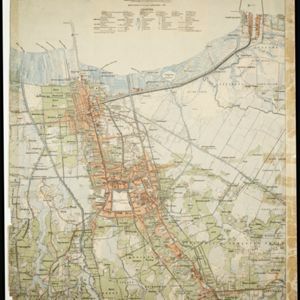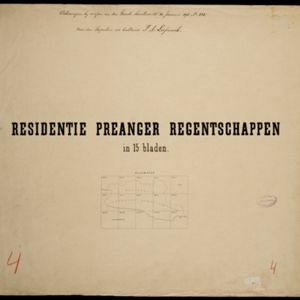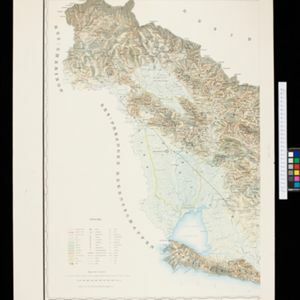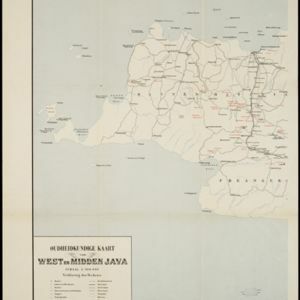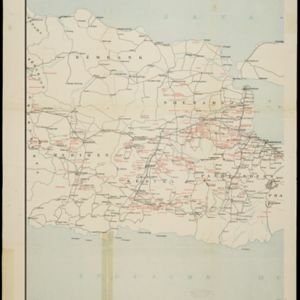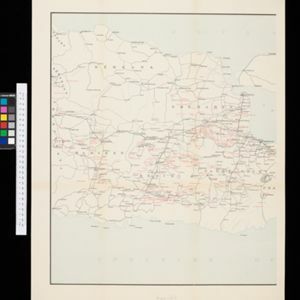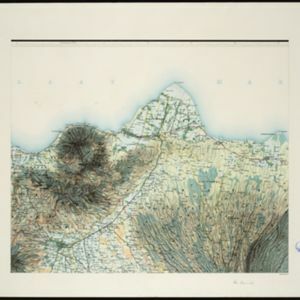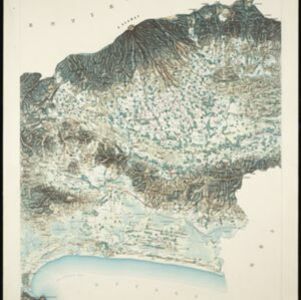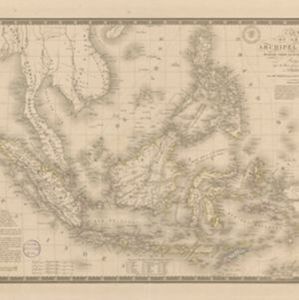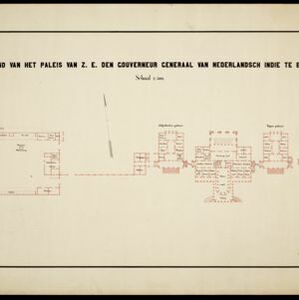
Plattegrond van het paleis van Z.E. den gouverneur generaal van Nederlandsch Indië te Buitenzorg
1899
Indonesia
Floor plan of the palace of the Governor-General of the Dutch East Indies at Buitenzorg (Bogor, Java), now known as Bogor Palace. Although most official business was conducted in Batavia, Bogor was often preferred for its milder climate.

